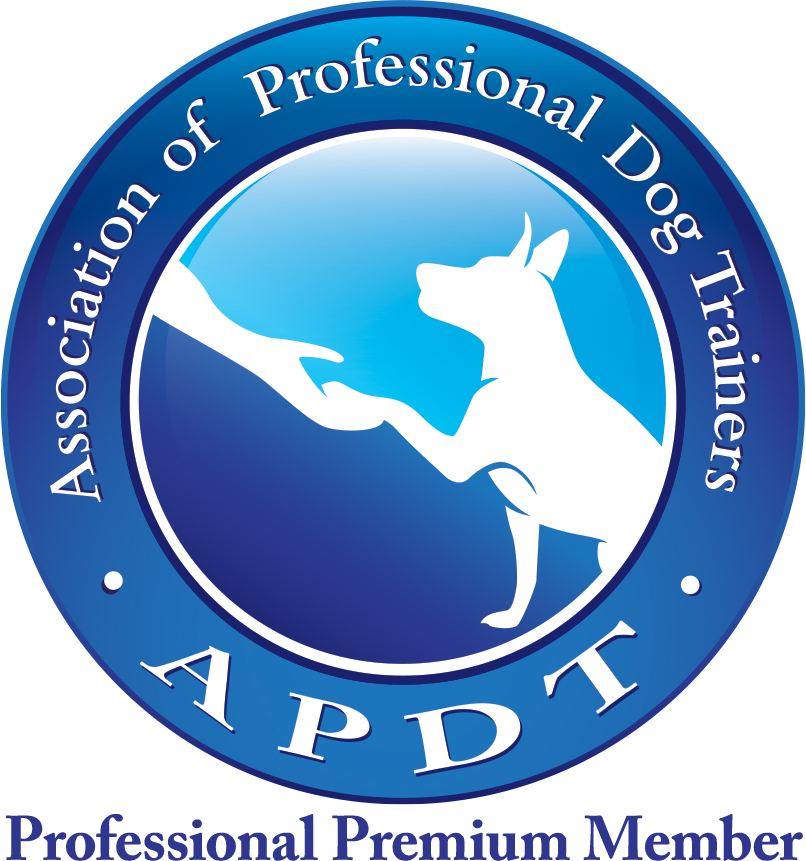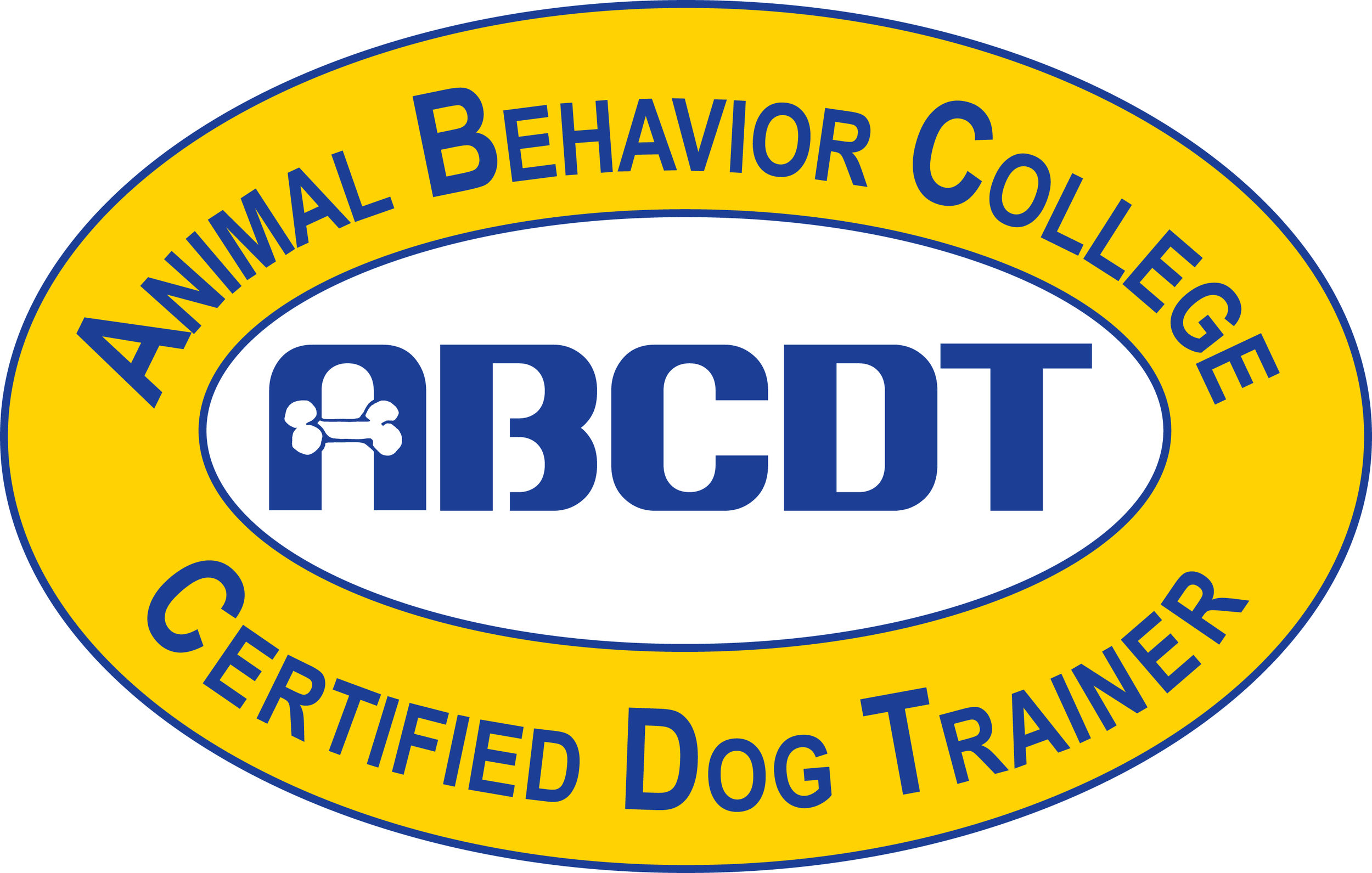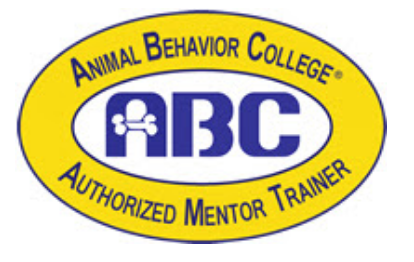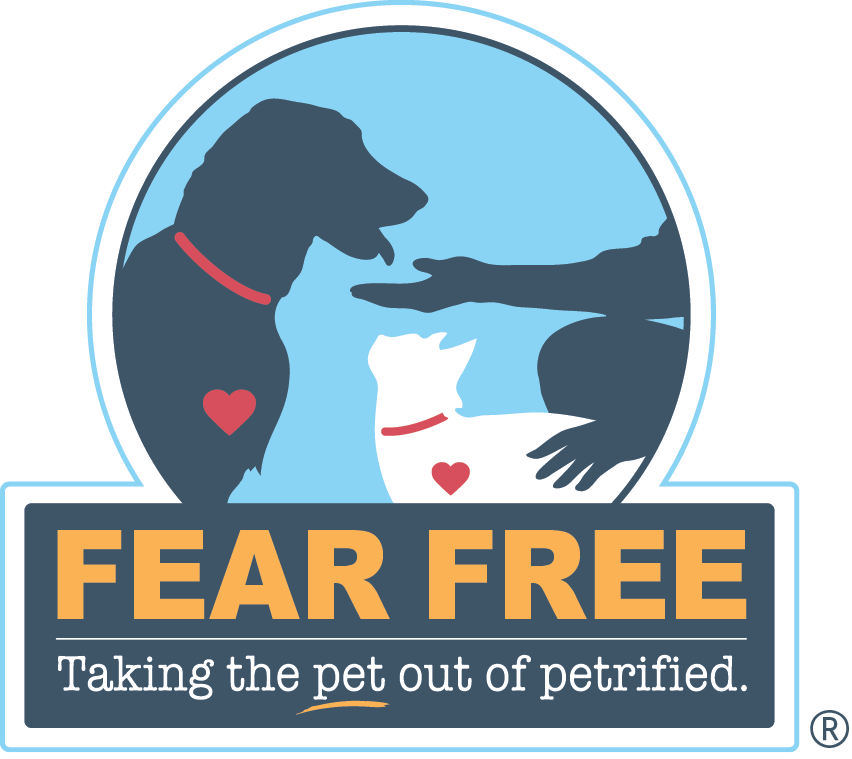Troubleshooting the Down Cue: A Dog that Won't Lay Down
/Troubleshooting the Down Cue: A Dog that Won't Lay Down
If you're experiencing difficulties with a dog that refuses to lay down on cue, don’t worry, you are not alone! Many dog owners encounter this issue during their training journey. But fear not, with a little troubleshooting and patience, you can help your dog understand and respond to the down cue. Here are some steps to troubleshoot the problem:
Rule out medical issues: Before continuing with training, it's crucial to ensure there aren't any underlying medical conditions affecting your dog's ability or willingness to lay down. If you suspect this may be the case, it's advisable to consult with your veterinarian to rule out any physical discomfort or health problems.
Revisit basic obedience training: Sometimes dogs struggle to understand the more complex cue of "down" if they haven't fully grasped the basic “sit” cue. Start by reviewing foundational cue of "sit." Make sure your dog responds reliably to this cue before moving forward. Confidence can be built by beginning the training session with a lot of success and praise with a known cue of “sit” and then working on the “down” cue.
Ensure a calm and distraction-free environment: Dogs are highly sensitive to their surroundings. If there are distractions or excessive noise, your dog may find it challenging to concentrate and follow cues. Find a quiet spot for training where your dog feels comfortable and can focus solely on your instructions. If you must train outside with natural everyday distractions, leash your dog to not permit him the opportunity to run to distractions. You must be more exciting than your environment. You do this by using a happy voice and yummy treats.
Assess your body language: Dogs often respond to our body language more than our words. Towering over a nervous or uncertain dog may cause additional stress, so lowering your body by sitting or kneeling is a less threatening body posture. Hold a treat close to the floor and use a clear hand signal, such as a sweeping motion towards the ground, to guide your dog into the down position.
Use positive reinforcement: Praise and rewards play a vital role in training. When your dog successfully performs the desired behavior, like laying down, offer plenty of verbal praise and give him a high-value treat. Positive reinforcement helps to associate the behavior with something enjoyable, encouraging your dog to repeat it in the future.
Break it down into smaller steps: If your dog still struggles, break down the down cue into smaller, more manageable steps. First, ask your dog to sit, then lure them into a down position using a treat. Gradually reduce the lure until your dog can lay down on cue without assistance. This step-by-step approach builds confidence and makes the behavior easier to accomplish.
Check the floor surface: Some surfaces may not be well received by your dog making him resist lying down on them. The floor may be slippery, uncomfortable, or just unfamiliar. Try a different place, or have the dog try it on a blanket, mat, or dog bed. Once they get the idea, you can transition to other surfaces with lots of practice and praise.
Practice when your dog is tired: Set yourself up for success by practicing the “down” cue after a long walk or after playtime. These are instances when your dog is more inclined to lie down to rest.
Shaping by bridging: Use this as the last resort as it can be the most difficult and time-consuming to do. The bridge concept will have you using a food reward to lure your dog into crawling under a bridge. The bridge can be a stool, your bent knee, or an end table, or a chair or bench. Essentially, you want to use something your dog will have to lower his body to go under. The size of the object will depend on the size of your dog. Mark the behavior of his elbows and/or belly touching the floor with the “yes” marker word and provide your dog with treat and praise. Gradually shape this behavior by removing the bridge a little at a time. Raise your leg or knee higher, or remove the stool or chair.
Be consistent and patient: Consistency is key when training your dog. Use the same verbal cue ("lay down" or "down") and hand gesture consistently to avoid confusion. Remember, training takes time and patience. Dogs learn at different paces, so avoid becoming frustrated if progress is slow. Celebrate even the smallest achievements to keep your dog motivated.
Remember, every dog is unique, and what works for one may not work for another. If you've followed these troubleshooting steps and are still struggling, it might be beneficial to seek professional help from a qualified dog trainer. They can provide personalized guidance and specific techniques tailored to your dog's needs.
With persistence, a positive attitude, and the troubleshooting tips mentioned above, you're well on your way to training your dog to lay down on cue. Happy training!











